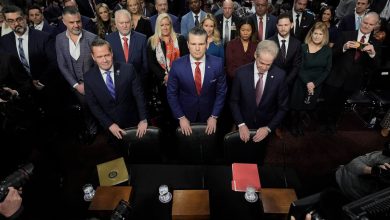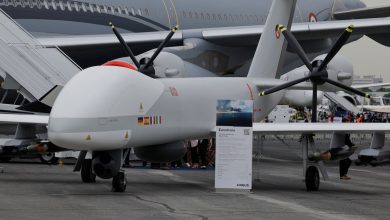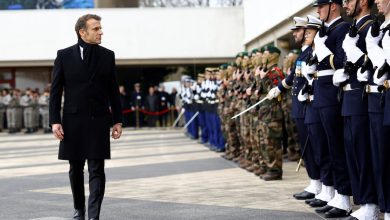Czechia’s quiet struggle for artillery shells holds lessons for Europe
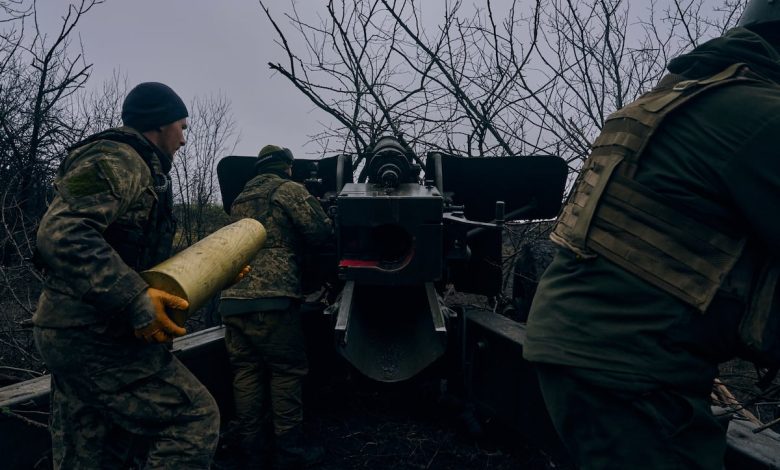
The battlefield conditions for Ukrainian defenders remain dire as the war enters its third year, with winter fast approaching. Over the past weeks, Ukraine has faced intense pressure from Russian forces, culminating in the strategic loss of Vuhledar, which exposed two critical vulnerabilities. First, Ukraine is grappling with a manpower shortage, exacerbated by recruitment challenges and low morale. In December, President Volodymyr Zelenskyy suggested that the military might need 500,000 additional personnel this year, though that figure appears to have been scaled back since.
Second, Ukraine faces a critical shortage of ammunition across the board. Despite the reduction in Russia’s ammunition advantage from 8:1 to 3:1, this gap remains significant, especially as Russia plans to increase defense spending by 25% in 2025, signaling better preparation for a protracted conflict. Ukraine requires around 4,800 anti-air missiles annually, drawing on the full production capacity of the U.S. and NATO, along with an additional 7,500 missiles to defend its cities and troops.
Western manufacturers may need to double output to meet demand. Further, 2.4 million artillery shells are required annually, while offensive operations could triple the demand for long-range rockets, estimated at 8,760 per year. Although U.S. production is expected to exceed 14,000 rockets by 2025, NATO’s capacity to supply deep-strike munitions remains uncertain.
The ammunition shortage is critical, as Ukraine must inflict around 1,000 Russian casualties daily to prevent a build-up of the 25,000 to 30,000 Russian troops arriving monthly. Without adequate supplies, Ukraine likely cannot degrade Russian forces effectively.
RELATED
In February 2024, the Czech Republic responded to Ukraine’s needs with a plan to acquire artillery shells from non-EU sources. The initiative aims to procure 500,000 rounds of 155mm and 300,000 rounds of 122mm artillery, worth $3.2 billion. These shells are vital as Russia currently produces around 250,000 artillery rounds per month, vastly outpacing the U.S. goal of 100,000 rounds monthly by 2025.
However, seven months into the Czech initiative, problems have surfaced, particularly regarding the concealment of shell imports and verifying their technical reliability. These challenges could hinder efforts to meet Ukraine’s urgent demands.
State of play
In March, Czech President Petr Pavel stated that the Czech Republic secured enough money to buy 800,000 artillery shells for Ukraine. Immediately, Czech Prime Minister Petr Fiala put forward a different figure, claiming that they raised funds only for 300,000 rounds of ammunition. A few days later, Czech National Security Advisor Tomáš Pojar said that ammunition from the Czech ammunition initiative could be expected in Ukraine in June.
The Czech-led initiative delivered on the schedule outlined by Pojar, as the Ukrainian prime minister announced in June that around 50,000 pieces of 155mm rounds had arrived in Ukraine. According to the Czech officials, another delivery was expected in July and August. Soon after Czech Foreign Minister Jan Lipavský promised that deliveries would accelerate by September. Finally, the Ukrainian ambassador to the Czech Republic addressed the initiative in October, stating that Ukraine has received over one-third of the 500,000 shells expected to be delivered by the end of 2024.
So far, 18 countries have pledged their support, including for example the Netherlands, Denmark, Belgium, Canada, Norway or Germany as the top donor, which provided financing for the first batch of ammunition delivered to Ukraine in June. However, three countries have not provided their funds yet. In September, the Polish newspaper Gazeta Wyborcza claimed that Poland is one of those that have failed to deliver on what they promised.
Lipavský told journalists in July that it is still possible to deliver up to 800,000 artillery shells by the end of the year, as there is reportedly enough ammunition in the world market. However, the initiative needs to raise more funds to reach this goal. It has secured enough funds approximately $2.2 billion to provide half a million artillery shells so far, but it is about $1.1 billion short of buying 300,000 more rounds. Nevertheless, the three countries that have not provided funds yet are not responsible for the entire 300,000 pieces gap, according to Lipavský.
RELATED
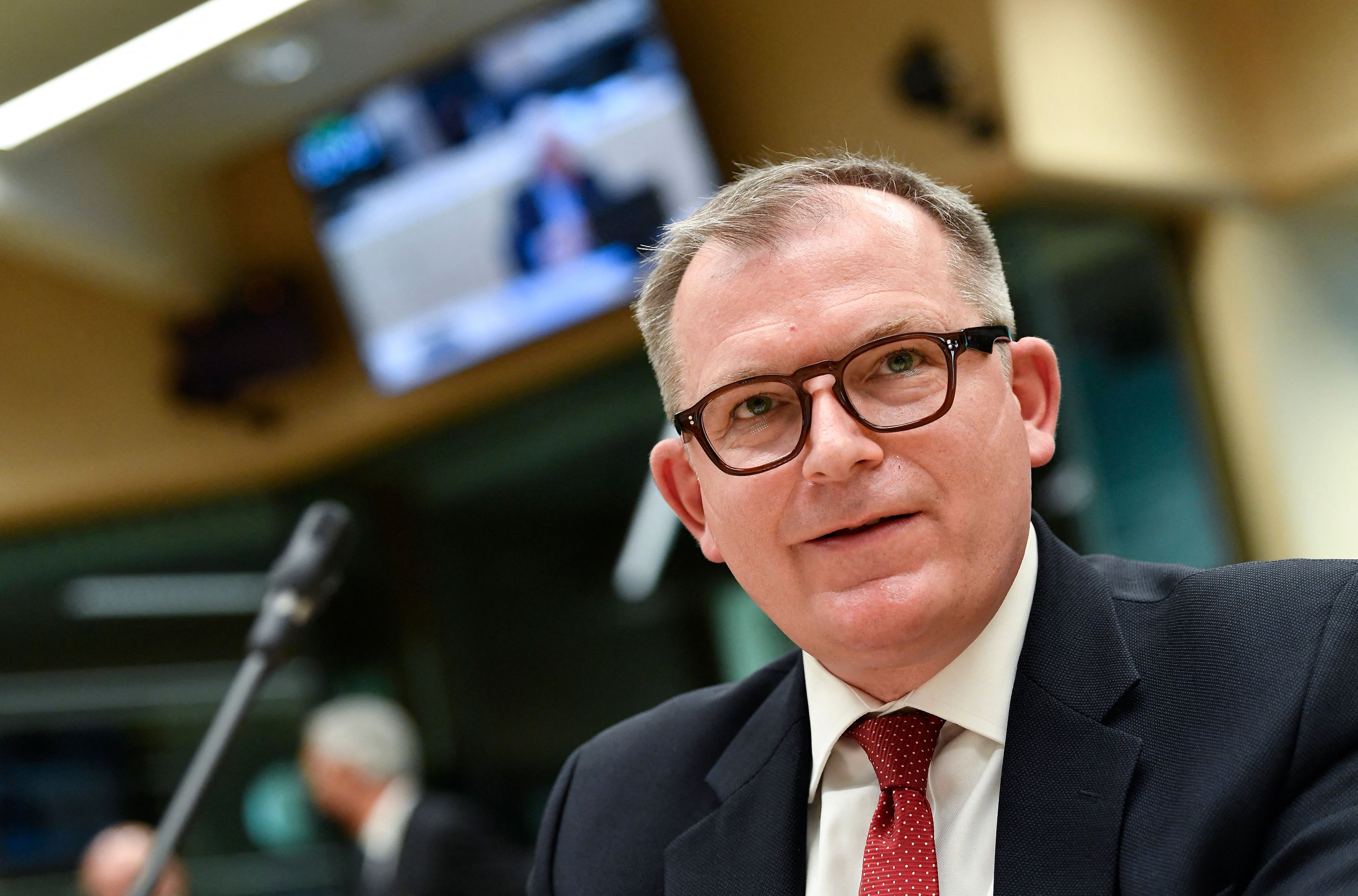
Iffy funding
As outlined above, securing enough funds quickly is essential. This was highlighted by Tomáš Kopečný, the Czech government´s envoy for Ukraine and a key person behind the initiative, who stated that the slow pace of financial contributions poses the main obstacle to shipping ammunition to Ukraine faster while the Eastern European country would need about 200,000 rounds of large-caliber ammunition monthly. According to Pojar, it takes weeks to months for some states to issue the sums they promised.
Another problem is that delivering ammunition to Ukraine is a logistically complicated and time-consuming process. For example, the lengthy journey of the first shipment of ammunition to Ukraine that sailed the sea for a week until it reached an unspecified port in the Mediterranean. Then, the ammunition was transported by cargo trains that crossed several European countries until they reached Ukraine. It may be difficult to coordinate the availability of ships and trains, because they need to be pre-ordered several weeks prior. This becomes even more problematic when European transporters are short of available cargo trains, as they were in June when the first ammunition was being transported to Ukraine. At the same time, strict security measures and a high level of concealment must be in place to avoid potential intrusion of the operation.
It remains unclear from which countries the ammunition comes from, as these countries fear Russian retaliation. Although the current evidence suggests that specifically Turkey, South Africa, South Korea, Serbia, and probably Bosnia are providing artillery rounds to Ukraine via the Czech-led initiative. Furthermore, it appears that some Asian countries with stocks of Soviet-era ammunition wishing to maintain premium relations with Russia are also involved. Whatever these countries are, it takes some time to deliver large shipments of heavy ammunition from one part of the world to another, while the Russians are meant to not know about it.
Besides, some question the condition and technical reliability of delivered ammunition. In September, German business newspaper Handelsblatt reported that part of the ammunition delivered via the Czech-led initiative exploded prematurely on the battlefield. The CSG, a Czech industrial holding and a key private actor in the initiative, is currently struggling to provide replacements for flawed components of delivered ammunition. Recently, Pojar has pointed out, the initiative also seeks older ammunition. As these shells might be flawed, they need to be repaired before reaching Ukraine.
RELATED
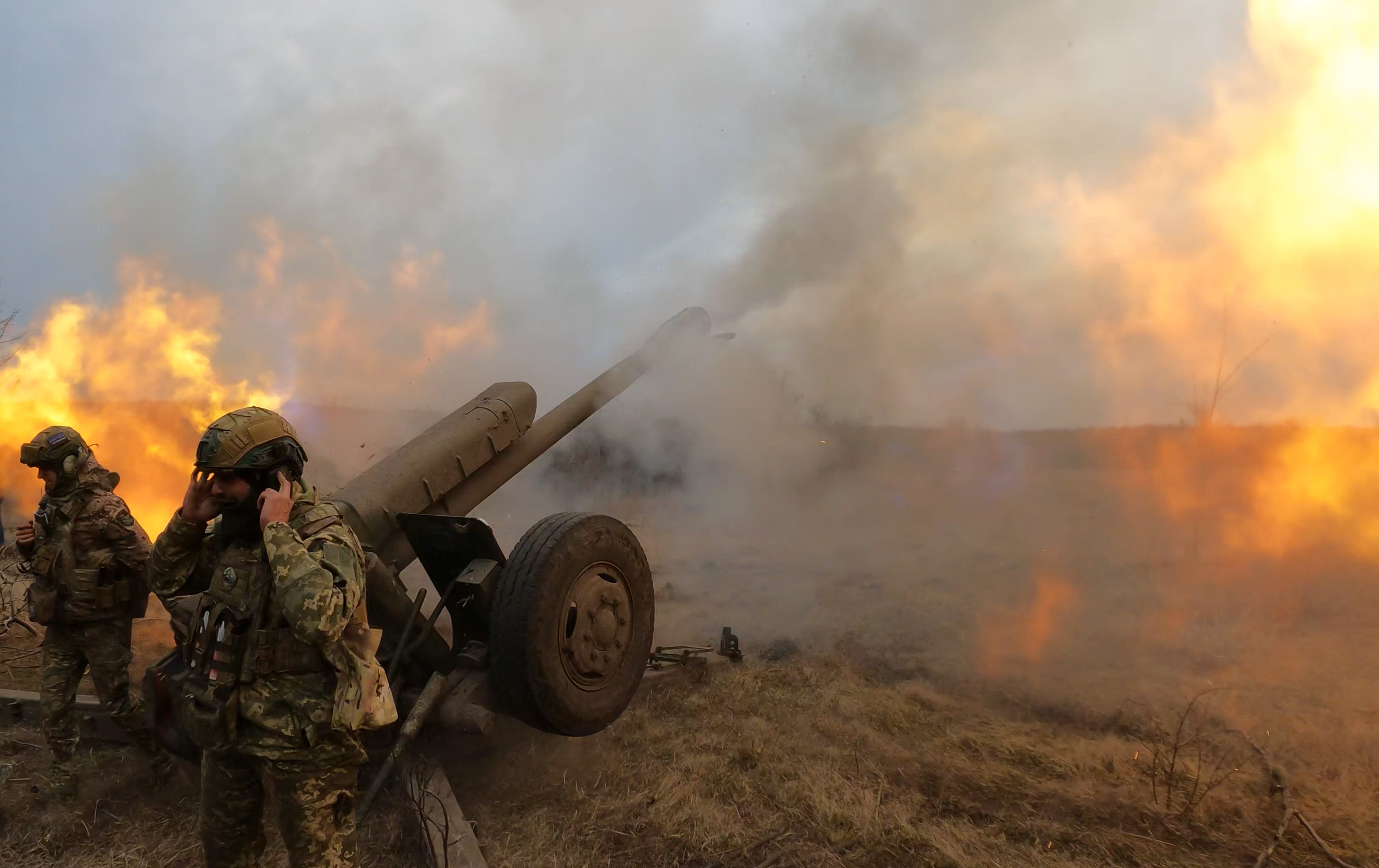
To sustain Ukraine’s defense capabilities through the coming year, Czech Defense Minister Jana Černochová announced a strategic extension to the current ammunition initiative with the launch of “Initiative 2025.” This project will build on existing mechanisms, strengthening Ukraine’s supply chain with critical munitions. Notably, Czechia’s intent to allocate a portion of revenue from frozen Russian assets toward these purchases marks a significant financial boost. This approach not only accelerates support for Ukraine but also ensures more robust, long-term supply pathways in the face of continued conflict.
What’s next?
It is crucial to note that the Czech initiative addresses just one of Ukraine’s pressing ammunition needs—the 155mm artillery rounds, which indeed have the potential to inflict significant damage on Russian forces. At this juncture, though, Ukraine’s needs are more comprehensive. Beyond artillery rounds, Ukraine is urgently requesting additional long-range missiles, such as ATACMS and Storm Shadow, to reach key military targets deep in Russian territory. Kyiv has also identified a critical need for enhanced air defense systems to counter sustained drone and missile assaults on its infrastructure. Alongside these, continued supplies of armored vehicles, HIMARS ammunition, and modern tanks remain pivotal for maintaining pressure on the eastern front, where Ukrainian forces face daily demands.
In this context, U.S. support is set to play a critical role in sustaining Ukraine’s defenses as European ammunition capacity struggles to meet the demand. Europe’s defense sector is in a vulnerable state, a reality underscored by the recent “Draghi Report.” The report identifies key weaknesses, noting that EU defense manufacturing remains highly fragmented, with nearly 80% of procurement spending directed outside the EU, primarily to the U.S.
An EU-wide industrial policy is urgently needed to improve coordination, aggregate defense demands and strengthen supply chain resilience. However, the EU’s decarbonization policies add complexity; they offer little incentive for the defense sector to scale up production, given the energy-intensive nature of ammunition manufacturing. Furthermore, European banks are often hesitant to finance defense companies due to reputational concerns, regulatory barriers, and dependency on unpredictable government contracts. Strict environmental, social and governance policies discourage investment in arms manufacturing, and compliance with arms trade laws compounds the challenge. These barriers particularly impact small and medium-sized defense firms, which frequently lack the collateral needed for financing high-capital projects. Consequently, defense companies increasingly rely on state-backed financial support to meet NATO-driven demand spikes, exposing a significant gap in Europe’s defense industry resilience.
Looking ahead, the Czech initiative is likely to encounter similar obstacles, with one of the most pressing issues being the inconsistent willingness of states to expedite funding for ammunition procurement. Given the lack of immediate resolution on this front, it’s crucial for nations to consider ways to maximize the impact of available resources.
Europe should focus on expanding its ammunition production capabilities and strengthening its defense industrial base. While there’s no shortage of ammunition for Ukraine on the global market, an increase in European production would drive down costs by adhering to basic supply and demand principles. By producing more shells domestically, European nations can optimize their spending, ultimately enabling them to supply Ukraine with a greater volume of artillery rounds.
Zdenek Rod is a research and teaching fellow at the University of West Bohemia in Pilsen at the Department of Politics and International Relations and co-director of the Center for Security Consulting in Prague.
Michael Jarkovsky is academic assistant at the University of West Bohemia in Pilsen at the Department of Politics and International Relations.
Read the full article here



